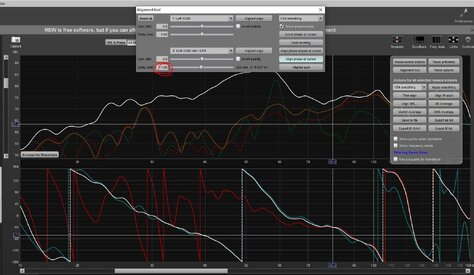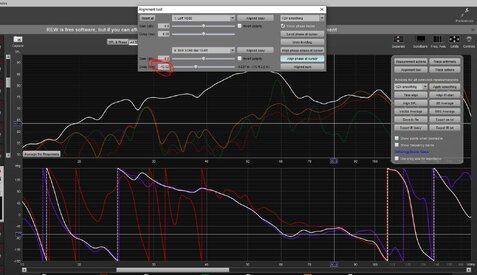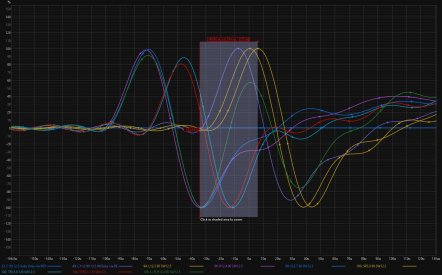Duper
New Member
- Joined
- Jan 27, 2022
- Posts
- 18
More
- Preamp, Processor or Receiver
- Onkyo TX-SR393
- Subwoofers
- Klipsch R-12SW
I hate to say what you don't want to hear, but if I had to guess, the issue is that you are not using a calibrated microphone.
Are you using a reference speaker for the time alignment?
There is an old thread (2010) on AVSforums from a few members that were trying to use REW using the microphone supplied with their AVRs. They all seemed convinced that the Frequency response graph they generated were pretty accurate, but also agreed that the SPL measurements were not accurate.
Before going any further, I'll ask if you've already read AustinJerry's simplified REW manual? That manual can atleast help you get all of the other step correct if you don't have the proper mic, so that the only error could come from the mic and not necessarily the process that you used. I've attached it to this post in case you need it.
All that aside, if your setup is not very complex, the auto-calibration in your Onkyo AVR will get you very close with both the SPL levels and the speaker distances. The subwoofer distance is usually a little tricky because if it is a self-powered subwoofer, the amplifier that it has can add delay to the signal, which is why the subwoofer distance when measured via a microphone is usually not the same as the actual physical distance of the subwoofer itself.
Having access to both a UMIK-1 calibrated microphone as well as the AVR supplied microphone, I can tell you that the result are different when using them with REW.
Yes I am using reference speaker for time alignment. All the readings were also adjusted using Estimate IR delay. Of course by not using calibrated mic results will not be perfect especially SPL levels. But why timing seems to be jumping forth and back by almost 20ms when all the graphs looks almost identical?
I definitely read AustinJerry's simplified REW manual like 3-4 times and referring to it if I am trying something new.
I am looking in potentially acquiring calibrated mic but for now that is all that I have and wanted to experiment with the software and my setup.
Thanks
Last edited:

















